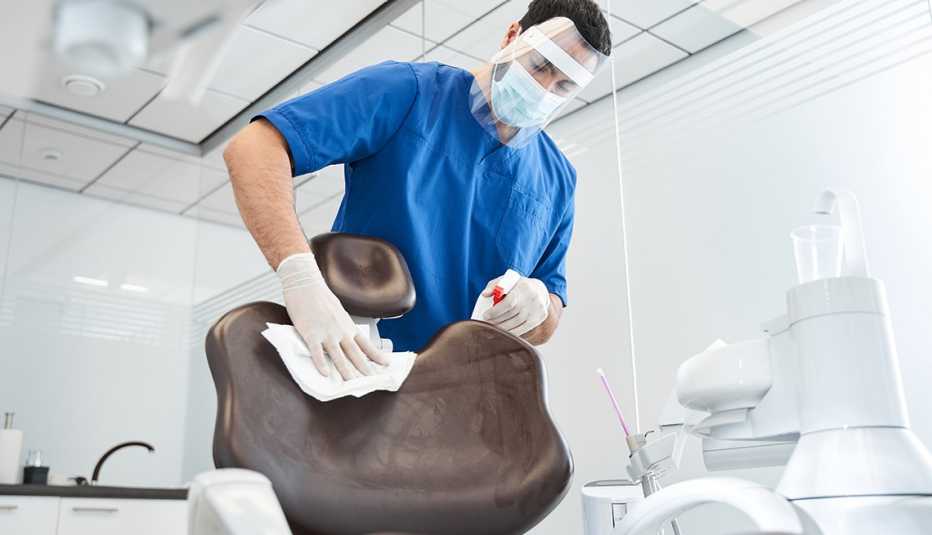Staying Fit


Look at the latest stats and talk to dentists, and this much becomes clear: The pandemic has been murder on our mouths. A 2021 survey commissioned by the American Association of Endodontists reveals more than half of Americans say it’s led them to blow off checkups.
What’s more, those working from home seem to have slacked off when it comes to their daily dental hygiene routine: 31 percent report snacking more on sweets, 21 percent confess they don’t brush in the morning, and 24 percent say they're flossing less frequently. Additional data, compiled by the American Dental Association's Health Policy Institute, illustrates the consequences of our less-than-stellar habits. As more people return for their checkups, about 30 percent of dentists interviewed said they noticed an increase in cavities and periodontal disease (aka gum disease), while a whopping 69 percent and 76 percent saw an uptick in cracked teeth and sore jaws, respectively.


AARP Membership— $12 for your first year when you sign up for Automatic Renewal
Get instant access to members-only products and hundreds of discounts, a free second membership, and a subscription to AARP the Magazine.
“The longer you wait to take care of an oral problem, the more extensive — and expensive — it gets,” says Leonardo Marchini, associate professor in the Department of Preventive and Community Dentistry at the University of Iowa College of Dentistry.
This is something Stefanie Russell, a New York City-based periodontist and associate professor at the New York University College of Dentistry, has seen firsthand. “I’ve had patients who kind of disappeared for a while and have deteriorated,” she says. “Disease that had been controlled is now back, and they need to go through the periodontal treatment again.”
Broken and fractured teeth are another consequence of the pandemic, according to Clark Stanford, dean of the University of Illinois at Chicago College of Dentistry. “There’s also a feeling of isolation that’s only increased stress and tension, and some people take it out on their teeth,” he notes, resulting in things like clenched jaws and bruxism, or teeth grinding.
Teeth change as we age
With age, oral hygiene becomes even more crucial because older adults are vulnerable to a slew of dental issues. Adults over 65, for instance, have a higher rate of tooth decay than candy-chomping schoolkids. One reason is related to the greater occurrence of dry mouth in older adults. Less saliva production means teeth are left more vulnerable to the decay-causing acids in our mouths. Daily chomping and grinding over a period of decades also wears away the outer layer of enamel. What's more, nerves inside the tooth lose sensitivity, which means you may have problems and not know it.

































































More on Health
When Dental Implants Go Wrong
What to know before you get implants — and how to watch for symptoms of infectionKeeping Teeth Healthy for Longer
Simple tips for heading off the common dental problems that come with age